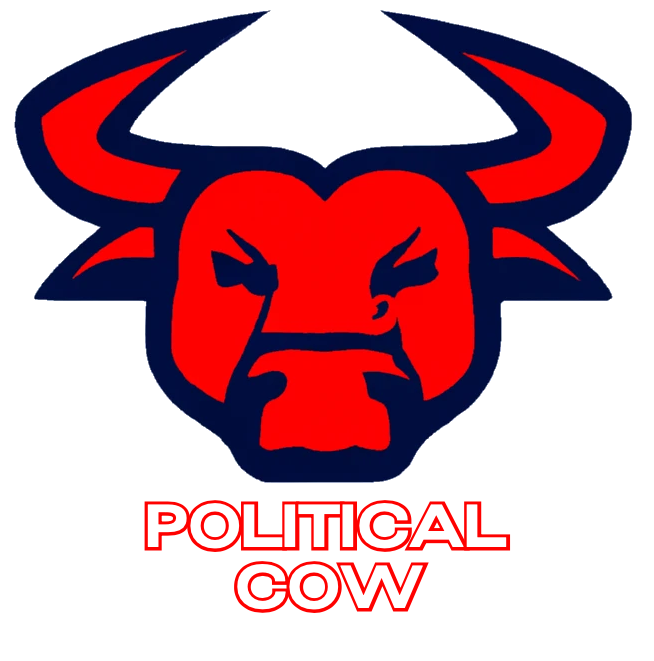The role of the president in creating new laws is one that has been hotly debated for decades. The president is seen as the leader of the country, the one responsible for implementing the laws that are put in place by the legislative branch. However, when the legislative branch is not able to pass the laws that the president wants, the president may choose to use executive orders to achieve his goals. This is what happened during the presidency of Barack Obama, who used executive orders in a controversial manner when legislation did not work.
The president is seen as the head of the executive branch, but he is also the head of the country. The president has the power to veto bills, which means that if the legislative branch passes a bill that the president does not agree with, he can choose to veto it. The president also has the power to sign bills into law, which means that if the legislative branch passes a bill that the president does agree with, he can choose to sign it into law. The president is also seen as the head of the military and the head of the nation’s foreign policy, which means that he has a great deal of influence over the country.
The use of executive orders is a controversial issue because it allows the president to bypass the legislative branch and make laws on his own. Executive orders are essentially presidential decrees that have the force of law. The president can use executive orders to direct federal agencies to take specific actions, such as implementing a new policy or regulation. The use of executive orders is seen as a way for the president to bypass the legislative branch and make laws on his own.
The use of executive orders is controversial because it can be seen as an abuse of power. The legislative branch is responsible for passing laws, and the executive branch is responsible for enforcing them. When the president uses executive orders to make laws, it can be seen as a violation of the separation of powers that is enshrined in the Constitution. The president is seen as overstepping his bounds and taking powers that are not rightfully his.
Barack Obama used executive orders in a controversial manner when legislation did not work. For example, during his presidency, he used executive orders to implement immigration policies that were not passed by the legislative branch. He also used executive orders to implement climate change policies, such as the Clean Power Plan, which was aimed at reducing carbon emissions from power plants.
Critics of Barack Obama’s use of executive orders argued that he was overstepping his bounds and taking powers that were not rightfully his. They argued that he was bypassing the legislative branch and making laws on his own, which was a violation of the separation of powers that is enshrined in the Constitution. They also argued that he was bypassing the will of the people, who elected their representatives to pass laws on their behalf.
Barack Obama defended his use of executive orders by arguing that the legislative branch was not doing its job. He argued that the legislative branch was not passing the laws that he wanted, which meant that he had to use executive orders to achieve his goals. He also argued that the executive orders were necessary to protect the country and to implement important policies that were not being passed by the legislative branch.
The use of executive orders by Barack Obama was a controversial issue because it raised questions about the role of the president in creating new laws. The president is seen as the head of the executive branch, but he is also the head of the country. The president has the power to veto bills, but he also has the power to sign bills into law. The use of executive orders raises questions about the balance of power between the executive and legislative branches, and it raises questions about the separation of powers that is enshrined in the Constitution.

